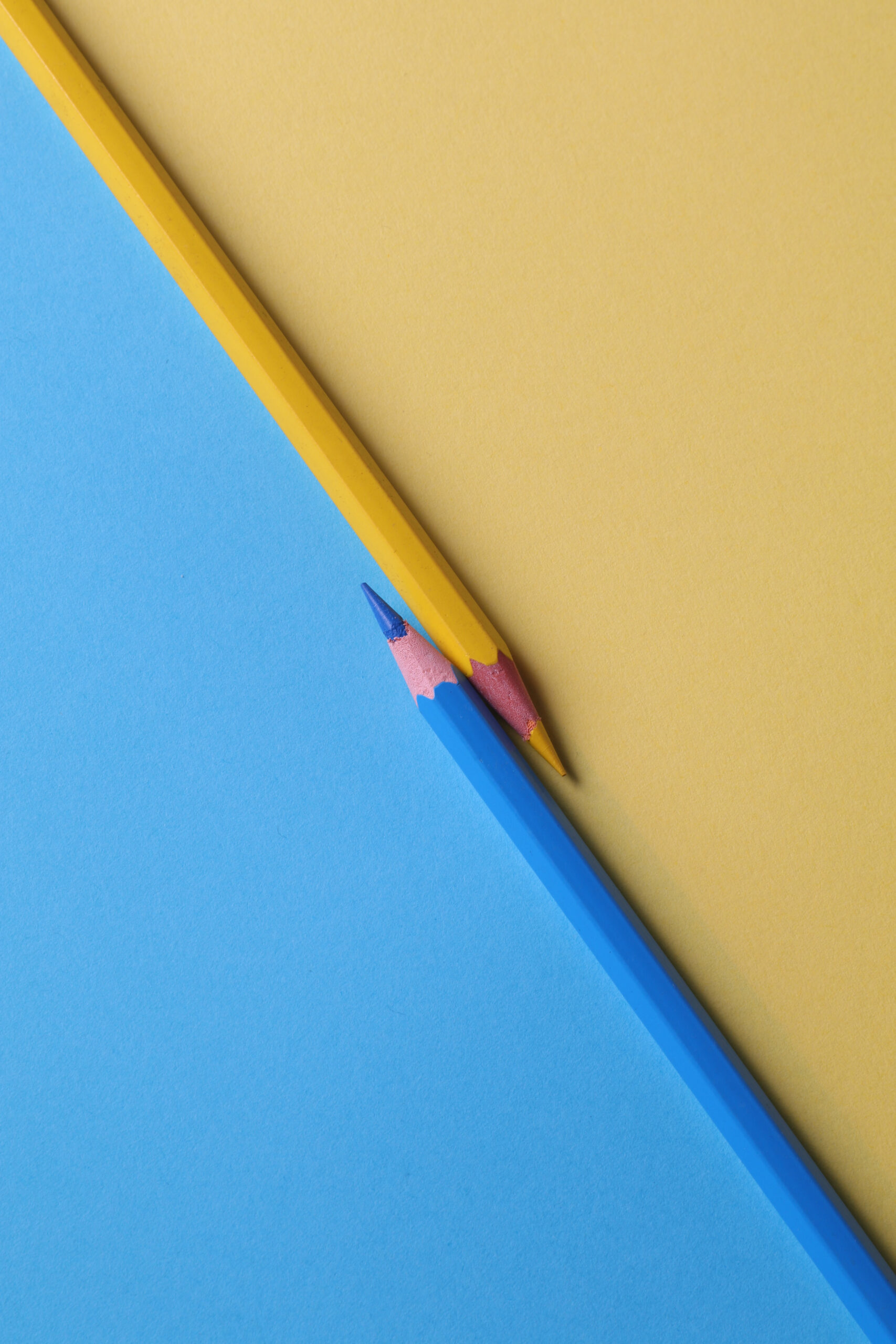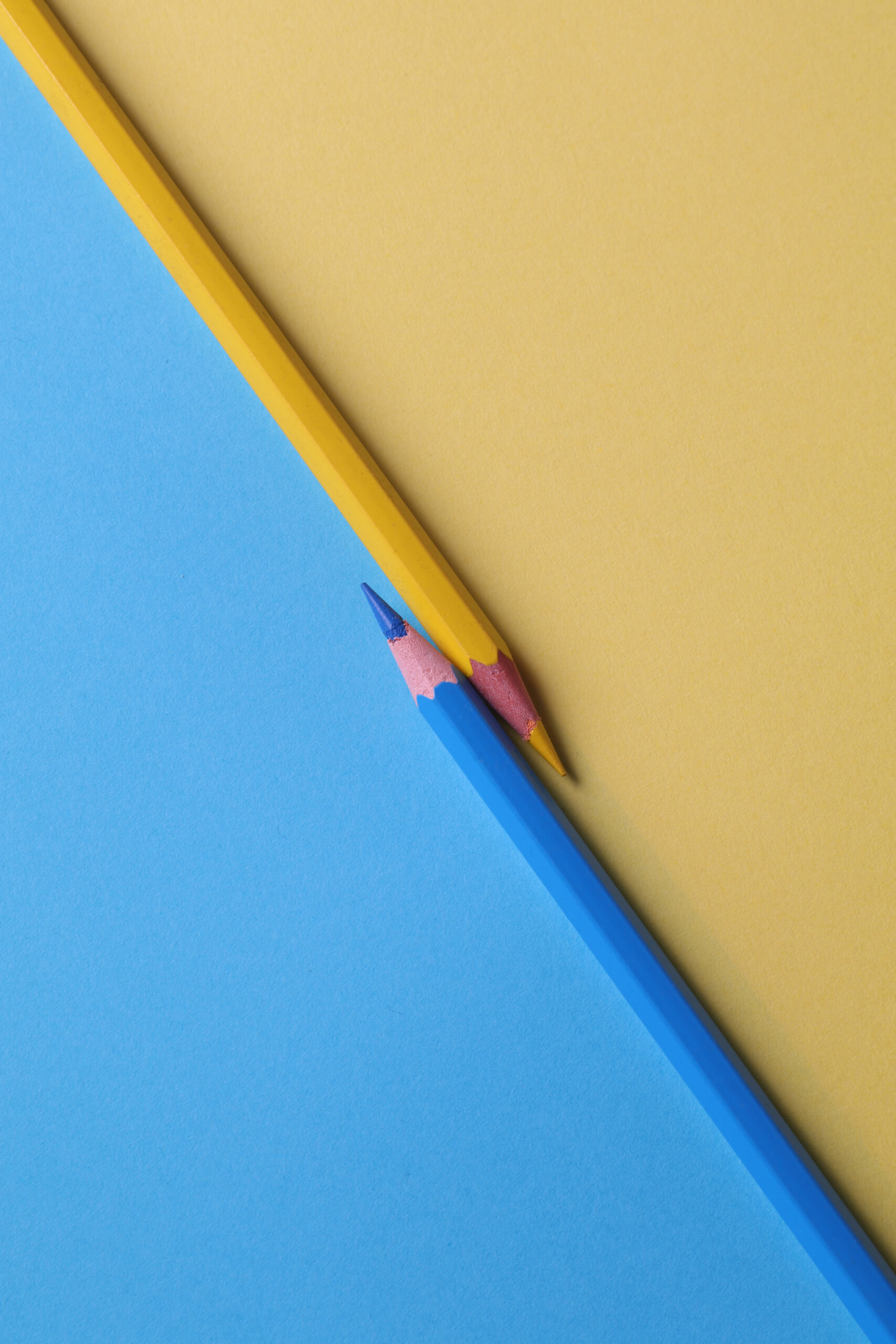In the world of cooking, having a sharp knife is essential for achieving precision and efficiency in the kitchen. Whether you’re a seasoned chef or just starting out, mastering the art of knife sharpening is a skill that will elevate your culinary experience. In this article, we will explore various knife sharpening techniques that will keep your blades razor-sharp, ensuring optimal cutting performance and making your time in the kitchen a breeze. From honing to sharpening stones, we will guide you through the process, empowering you to unleash your culinary potential. Get ready to take your cooking game to the next level with our expert advice and step-by-step instructions.

Types of Knife Sharpening Tools
When it comes to sharpening your knives, there are several tools that you can choose from. Each tool offers its own advantages and techniques, so it’s important to understand the different options available to you. Here are some of the most common types of knife sharpening tools:
Whetstones
Whetstones, also known as sharpening stones or water stones, are one of the oldest and most traditional methods of sharpening knives. These stones are typically made from natural or synthetic materials and come in varying grit levels. The coarse side of the stone is used for initial sharpening, while the fine side is used for honing and polishing the blade. Whetstones require some skill and practice to use effectively, but once mastered, they can provide excellent results.
Knife Sharpening Systems
Knife sharpening systems are designed to simplify the sharpening process by providing a guided and consistent approach. These systems typically consist of a base, sharpening stones or rods, and a mechanism to hold the knife at the correct angle. By following the instructions and using the provided guides, you can achieve precise and consistent results with minimal effort. Knife sharpening systems are an excellent choice for beginners or those who want a foolproof method for sharpening their knives.
Honing Rods
Honing rods, also known as sharpening steels, are long, cylindrical rods made from steel or ceramic materials. Unlike whetstones or sharpening systems, honing rods are primarily used for maintenance rather than sharpening. Honing rods help to realign the edge of the blade, keeping it straight and sharp. This process is known as honing and helps to extend the time between sharpenings. Honing rods are easy to use and are a great tool for regular maintenance of your knives.
Electric Knife Sharpeners
Electric knife sharpeners are the most convenient and efficient option for sharpening your knives. These machines use rotating abrasive wheels or belts to quickly and effectively sharpen the blade. Electric sharpeners are suitable for both beginners and experienced sharpeners, as they require minimal skill or manual effort. However, it’s important to note that electric sharpeners remove more material from the blade compared to other methods, which may affect the longevity of the knife.
Choosing the Right Sharpening Stone
When selecting a sharpening stone, there are a few factors to consider. Understanding the grit levels, familiarizing yourself with the different types of sharpening stones, and considering your specific needs will help you make an informed decision.
Understanding Grit Levels
Grit level refers to the coarseness or fineness of a sharpening stone’s surface. The higher the grit number, the finer the stone. Lower grit levels, such as 200 to 400, are considered coarse and are used for repairing damaged or dull blades. Medium grit stones, ranging from 800 to 2000, are used for general sharpening and maintenance. Fine grit stones, starting from 3000 and above, are used for honing and polishing the blade to achieve a razor-sharp edge.
Different Types of Sharpening Stones
There are various types of sharpening stones available in the market, each offering distinct advantages. Natural stones, such as Arkansas stones or Japanese water stones, are prized for their ability to produce a superior edge. Synthetic stones, including aluminum oxide or silicon carbide stones, are more affordable and can provide excellent results as well. Ceramic stones are known for their durability and ability to retain their flat surface over time.
Factors to Consider When Choosing a Stone
When choosing a sharpening stone, consider factors such as your skill level, the type of knives you own, and your preferred sharpening method. If you are a beginner, a combination stone with multiple grits may be a good choice, as it allows you to practice different techniques. Additionally, consider the size and weight of the stone, as it should be comfortable to hold and maneuver during sharpening. Lastly, think about the maintenance required for the stone, as some types may require soaking or flattening.

Preparation Before Sharpening
Before you start sharpening your knife, it’s essential to make a few preparations. Properly cleaning the knife, dismantling it if necessary, and assessing its condition will help ensure optimal results.
Cleaning the Knife
Begin by cleaning your knife thoroughly. Use warm, soapy water and a soft cloth to remove any debris, oils, or residues from the blade. Cleaning the knife not only helps improve the sharpening process but also maintains hygiene and prevents cross-contamination.
Dismantling the Knife
Certain knives, such as pocket knives or those with removable blades, may require dismantling before sharpening. Follow the manufacturer’s instructions or consult a professional if you are unsure about disassembling your knife. Dismantling allows you to sharpen each component individually and ensures that all parts are sharpened evenly.
Assessing the Blade’s Condition
Take a close look at the blade to assess its condition. Look for any chips, cracks, or significant damage that may require professional attention. Small chips can often be fixed during the sharpening process, but extensive damage may require the expertise of a professional knife sharpener. Assessing the blade’s condition beforehand will help you determine the best course of action for sharpening.
Sharpening Techniques Using Whetstones
Whetstones offer a versatile and effective method for sharpening knives, but it requires proper technique and practice to achieve optimal results. Follow these steps to sharpen your knife using a whetstone:
Setting Up the Whetstone
Start by placing your whetstone on a stable surface, such as a countertop or sharpening stone holder. Some stones may require soaking in water before use, so be sure to follow the manufacturer’s instructions. Place a damp cloth underneath the stone to prevent it from slipping during sharpening.
Applying the Correct Angle
Hold the knife at the correct angle while sharpening. The exact angle will vary depending on the type of knife and your preference. As a general guideline, most knives are sharpened at an angle of around 15 to 20 degrees. To maintain consistency, you can use an angle guide or simply practice maintaining a steady angle throughout the process.
Working the Blade on the Stone
Start sharpening by placing the knife’s edge against the coarse side of the whetstone. Using light pressure, move the blade back and forth along the stone in a sweeping motion. Ensure that the entire edge contacts the stone and maintain a consistent angle. Repeat this process several times, alternating sides, until the desired level of sharpness is achieved.
Repeating the Sharpening Process
After sharpening on the coarse side, switch to the fine side of the whetstone for honing and polishing. Follow the same process, making sure to sharpen each side of the blade evenly. Take your time and pay attention to the feedback from the stone. It’s important to repeat the sharpening process until you achieve the desired sharpness.

Using Knife Sharpening Systems
Knife sharpening systems offer a user-friendly and consistent approach to sharpening your knives. Follow these steps to effectively use a knife sharpening system:
Understanding the System Components
Familiarize yourself with the components of your knife sharpening system. Most systems consist of a base or holder, sharpening stones or rods, and a mechanism to hold the knife at the correct angle. Read the instructions provided with your system to understand how each component works and how they should be assembled.
Setting Up the System
Before starting, ensure that your sharpening system is set up correctly. Secure the base or holder to a stable surface to prevent movement during sharpening. Attach the appropriate sharpening stone or rod to the system according to the desired grit level. Some systems may require additional adjustments, so refer to the manufacturer’s instructions for specific setup instructions.
Working with the Sharpening Guides
Many knife sharpening systems include guides to assist with maintaining the correct sharpening angle. These guides are designed to hold the knife at a consistent angle, ensuring that the blade is sharpened evenly. Take the time to familiarize yourself with the guides and practice using them before sharpening your knives. Remember to adjust the guides according to the type of knife you are sharpening.
Applying Proper Pressure and Angles
When using a knife sharpening system, it’s important to apply consistent pressure and maintain the correct sharpening angles. Apply gentle but firm pressure as you move the blade along the sharpening stone or rod. Avoid exerting excessive pressure, as this can lead to uneven sharpening or damage to the blade. Additionally, be mindful of the angle at which the blade contacts the sharpening surface, as this will directly impact the sharpness of the edge.
Maintaining and Using Honing Rods
Honing rods are an essential tool for maintaining the sharpness of your knives between sharpenings. Follow these steps to properly maintain and use honing rods:
Understanding the Purpose of Honing
Honing is the process of realigning the edge of the blade, helping to keep it straight and sharp. Over time, the cutting edge of a knife can become misaligned or bent due to regular use. Honing rods work by gently pushing the edge back into alignment, resulting in a sharper and more durable blade.
Choosing the Right Honing Rod
Honing rods come in various materials, including steel and ceramic. Steel rods are excellent for regular maintenance and are suitable for most knives. Ceramic rods, on the other hand, are harder and can provide a more aggressive realignment. They are best suited for knives with harder steel blades, such as Japanese knives or high-end chef’s knives.
Proper Technique for Honing
To hone your knife, grip the honing rod firmly and hold it vertically with the tip resting on a stable surface. Hold the knife with its edge facing away from you, at a 20-degree angle. Starting near the handle, draw the knife down the entire length of the honing rod in a sweeping motion. Apply moderate pressure but avoid pressing too hard, as this can cause damage to the blade.
Frequency of Honing
The frequency of honing depends on how often you use your knives. As a general rule, honing your knives once every few uses or when you notice a decrease in sharpness should suffice. Regular honing helps to maintain the edge and reduces the need for frequent sharpening. Be mindful not to overdo it, as excessive honing can cause the blade to become too thin and weaker over time.
Electric Knife Sharpeners: Pros and Cons
Electric knife sharpeners are a popular choice for those seeking convenience and efficiency. However, they do have their pros and cons. Consider these points when deciding whether an electric sharpener is right for you:
Advantages of Electric Knife Sharpeners
One of the primary advantages of electric knife sharpeners is their ease of use. These machines require little to no skill or manual effort to achieve a sharp edge. They are also fast and efficient, sharpening your knife in a matter of minutes. Electric sharpeners are ideal for busy individuals or those who may not have the time or patience for manual sharpening methods.
Another advantage is the ability of electric sharpeners to remove material quickly. This is particularly useful for knives that are severely dull or damaged. Electric sharpeners can grind away the damaged metal to reveal a fresh, sharp edge.
Disadvantages of Electric Knife Sharpeners
One of the main disadvantages of electric sharpeners is the removal of excess material from the blade. The speed and efficiency of electric sharpeners can lead to excessive grinding, which may reduce the lifespan of your knives over time. Additionally, these sharpeners can be less precise compared to manual methods, which may result in a less refined or polished edge.
Electric sharpeners are also less versatile compared to other sharpening tools. They may not be suitable for certain types of knives, such as serrated blades or knives with asymmetric edges. It’s important to assess your specific needs and knife collection before investing in an electric sharpener.
Choosing the Right Electric Sharpener
When selecting an electric sharpener, consider factors such as your budget, the type of knives you own, and the sharpening settings available. Look for a model that offers adjustable angles to accommodate different knife types. It’s also beneficial to choose a sharpener with multiple sharpening stages, as this allows for a more precise and customizable sharpening process.
Using an Electric Sharpener Safely
To ensure your safety when using an electric sharpener, always read and follow the manufacturer’s instructions. Avoid placing excessive pressure on the blade or grinding the blade for an extended period. Take breaks between sharpening sessions to prevent the blade from overheating. Additionally, be cautious when handling the sharpener itself, as the grinding surfaces can be extremely sharp.
Additional Tips for Keeping Blades Sharp
In addition to sharpening your knives regularly, there are some additional tips and practices you can incorporate to keep your blades sharp and in optimal condition:
Storing Knives Properly
Proper knife storage helps prevent damage and unnecessary dulling of the blade. Avoid tossing knives into drawers or overcrowded knife blocks, as this can cause the blades to come into contact with other utensils or surfaces. Instead, consider using a knife magnet, knife roll, or individual blade guards to protect the edges and keep the blades sharp.
Using Cutting Boards Safely
Using the correct cutting board is crucial for maintaining sharp knives. Opt for boards made of materials that are gentle on the blade, such as wood or bamboo. Avoid cutting on hard surfaces like glass, granite, or ceramic, as they can quickly dull your knives. Additionally, be mindful of your cutting technique and avoid excessive force or twisting, as this can damage the blade.
Regular Maintenance and Cleaning
Regularly maintaining and cleaning your knives not only keeps them sanitary but also helps maintain their edge. After each use, wash your knives by hand with warm, soapy water and a soft cloth. Avoid using abrasive cleaners or scrub brushes, as they can scratch the blade. Dry the knives thoroughly before storing them to prevent moisture buildup, which can lead to rust.
Common Mistakes to Avoid
When sharpening your knives, it’s important to avoid common mistakes that can compromise the quality and longevity of the blade. Here are some mistakes to avoid:
Applying Too Much Pressure
When sharpening your knife, it may be tempting to apply excessive pressure in an attempt to speed up the process. However, using too much pressure can result in uneven grinding, excessive removal of material, or even damage to the blade. Instead, focus on maintaining a steady and consistent pressure throughout the sharpening process.
Inconsistent Sharpening Angles
Maintaining a consistent sharpening angle is crucial for achieving optimal results. Inconsistent angles can lead to an uneven edge, making the blade less effective and more prone to dulling quickly. Take your time and practice maintaining a steady angle, or consider using guides or jigs to help you achieve consistent results.
Skipping Grit Levels
Each grit level serves a specific purpose in the sharpening process, from repairing damaged edges to honing and polishing. Skipping grit levels can result in an incomplete or less refined edge. It’s important to progress through the appropriate grit levels to achieve the desired sharpness and finish for your knives.
Overusing Electric Sharpeners
While electric sharpeners can be convenient, overusing them can be detrimental to your knives. The aggressive nature of electric sharpeners results in the removal of a significant amount of material. Consequently, excessive use can diminish the lifespan of your knives by wearing them down more quickly. Consider using manual sharpening methods or alternate between manual and electric sharpening to maintain a balance.
When to Seek Professional Sharpening
While regular sharpening can be done at home, there may be instances where professional sharpening is necessary. Here are some situations where seeking professional sharpening services may be beneficial:
Blades with Serious Damage
If your knife has severe chips, cracks, or other significant damage, it’s best to consult a professional knife sharpener. They have the experience and tools necessary to repair extensive damage and restore the blade to its optimal condition. Attempting to sharpen severely damaged blades at home can potentially worsen the damage or compromise the structural integrity of the knife.
Inexperienced Sharpeners
If you are a beginner or lack confidence in your sharpening skills, it may be wise to seek the assistance of a professional. They can guide you through the process, offer tips and advice, and ensure that your knives are sharpened correctly. Professional sharpeners have the expertise to handle different types of blades and can help you achieve the best results possible.
Expensive or Specialty Knives
Expensive or specialty knives often require special care and sharpening techniques. These knives may have specific angles, edge profiles, or materials that require a professional’s expertise. To protect your investment and ensure that your high-quality knives are properly maintained, it’s advisable to entrust them to a skilled professional sharpener.
By understanding the various types of knife sharpening tools, selecting the right sharpening stone, preparing your knives properly, and employing proper techniques, you can keep your blades razor-sharp and ready for any kitchen task. Regular maintenance, safe practices, and avoiding common mistakes will help prolong the lifespan of your knives, allowing you to enjoy their performance for years to come. And remember, when in doubt or faced with significant damage, don’t hesitate to seek the help of a professional to ensure the optimal care of your beloved knives. Happy sharpening!

